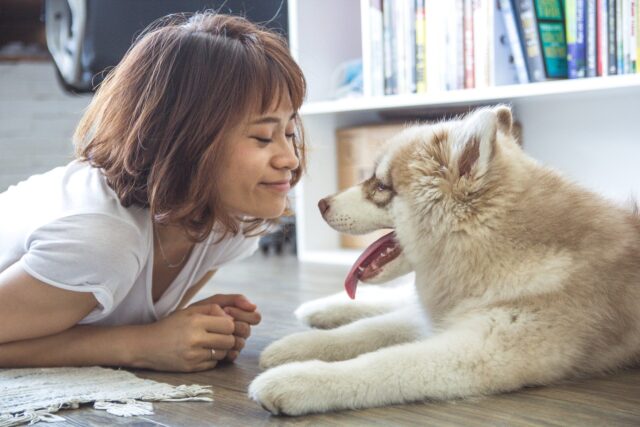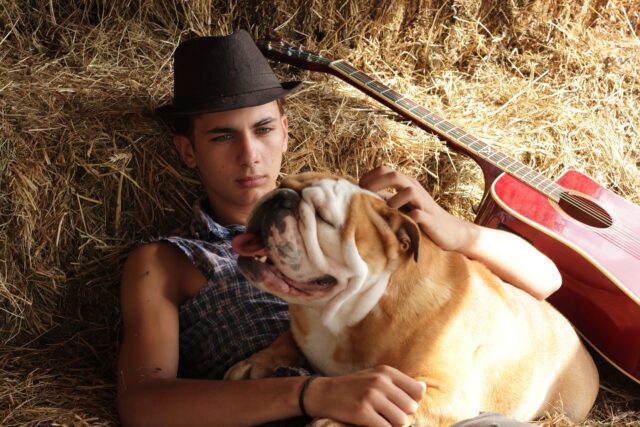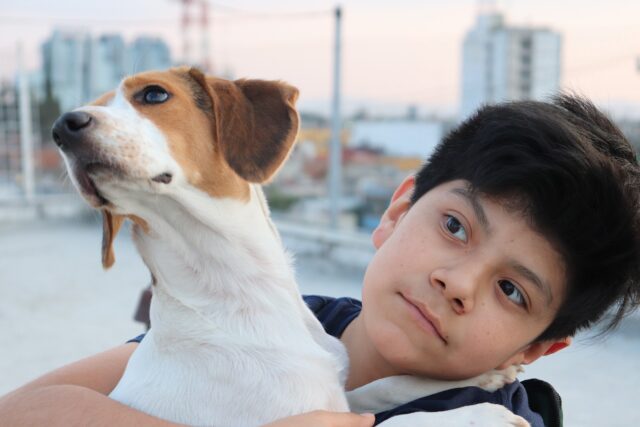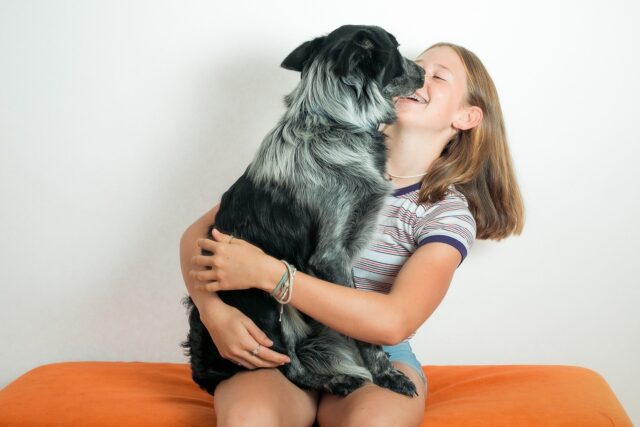When we communicate with other humans, we often focus on the words they say above all else. Yet, body language is an important communication factor for all species, especially when two different species communicate. Dogs don’t speak human, so they need to rely on body language, smells, and facial expressions to understand what we’re saying.
As it turns out, our facial expressions have a bigger effect on our dogs than we realize. Dogs like active expressions, like smiling and frowning, but they grow uninterested when it comes to neutral or passive faces. So, have we been looking at our dogs all wrong?

Dogs and Passive Expressions
New research shows that the facial expression you use can affect the bond you have with your furry friend. This information was discovered after researchers studied the correlation between young children and facial expressions. After all, dogs are said to have a mind similar to a 2- or 3-year-old child.
The study with children focused on three phases in which they interacted with adults. The first phase consisted of the adults showing positive facial expressions and interacting with the children. Then, they switched to the second phase, which involved the adult being unresponsive with neutral facial expressions. Finally, they moved on to the third phase, which is the same actions as the first phase, to see if anything changes.
Children in the study disliked the second phase and showed more negative emotional signs even when it moved into the third phase. So, researchers conducted this same study using dogs instead. The study consisted of 23 Beagles of varying ages. Each phase of the study lasted for one minute.

The second phase had a much similar effect on the dogs as it did on the children. Dogs showed a two-thirds reduction in eye contact after the human made a neutral face. The physical contact between the dog and the human also decreased by more than half. As expected, dogs were less interested in humans when they appeared passive.
Do Dogs Rely on Our Facial Expressions?
The information from this study might seem a little contradictory. A different study found that dogs focus more on our body language and smells than our facial expressions. Yet, that doesn’t necessarily mean that they never focus on our faces.

Science suggests that dogs recognize human facial expressions, especially around someone they’re close to. Yet, they don’t rely solely on faces to understand what we’re saying or feeling. Body language and smell are much more beneficial to them than just our faces.
However, the way we look at our dogs could help them understand us and feel more comfortable around us. Professionals say that approaching your dog with over-exaggerated expressions can help them better understand how you’re feeling. Especially exaggerate your smiles to help them see that you’re happy. It might sound silly, but it will help your dog feel at ease in your presence. It’s similar to the way you would behave around a young child.
While more research needs to be done on this topic, avoiding a neutral facial expression is a good habit to have around your furry friend. It might not seem like a big deal on the surface, but it could help strengthen the bond between you and your dog.

H/T: psychologytoday.com
 Toledo, United States.
Toledo, United States.
